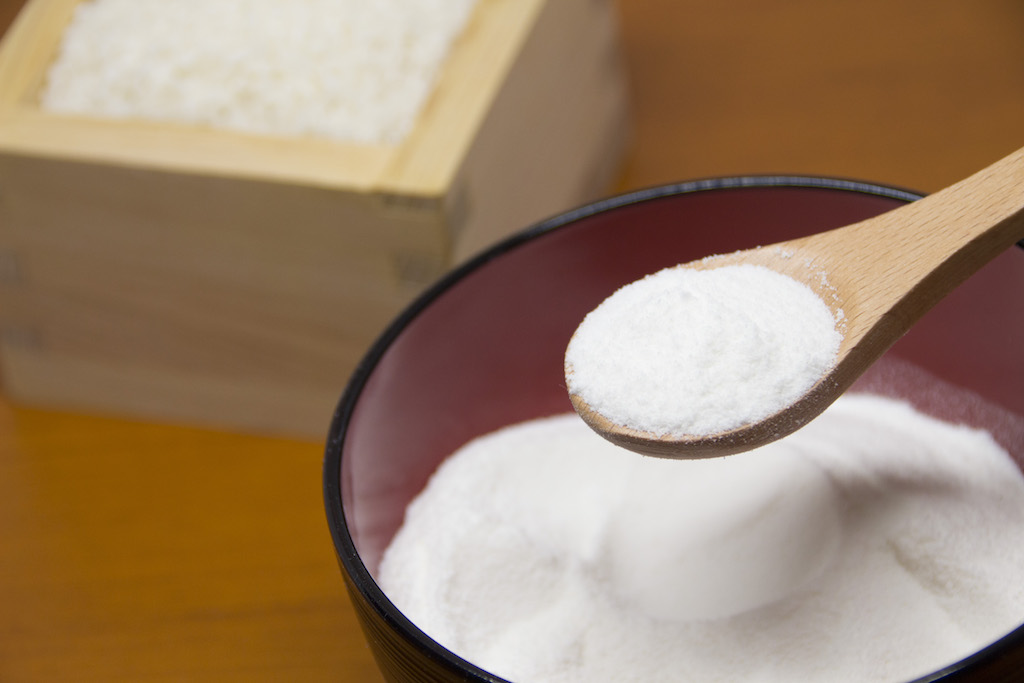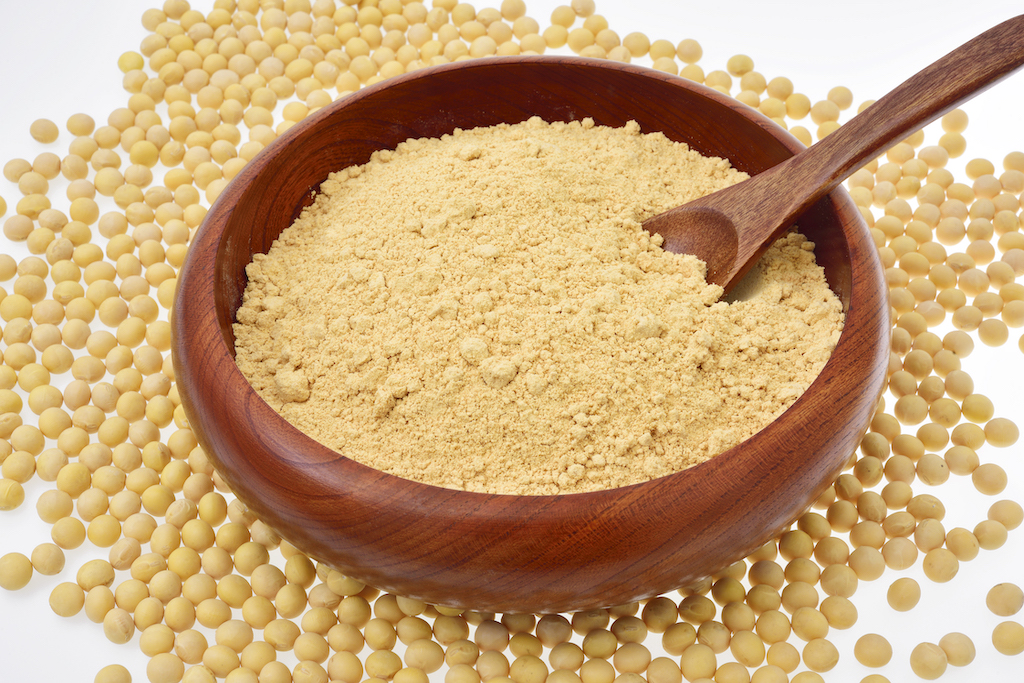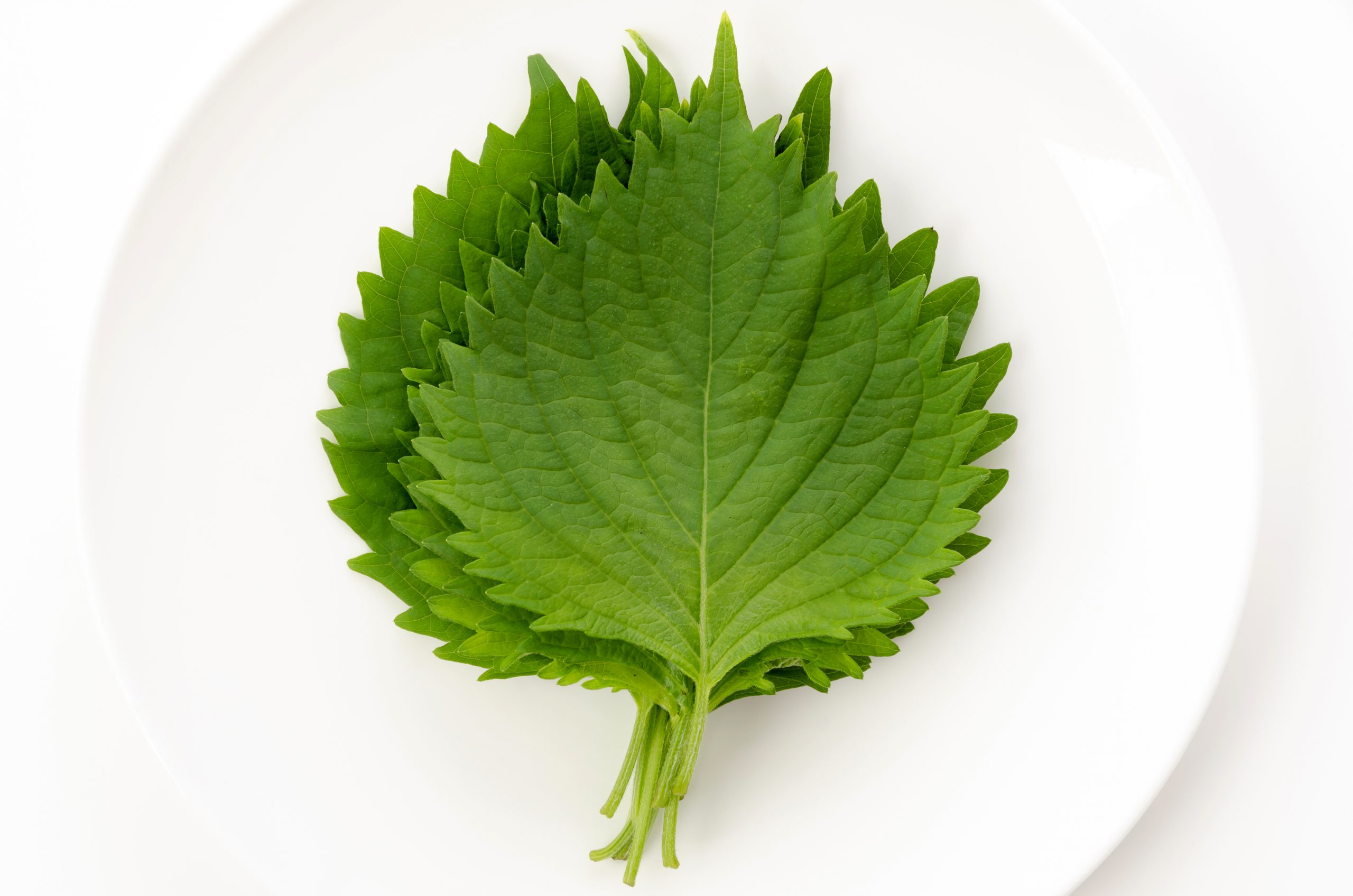Ultimate Guide to Different Types of Rice Flour
Glutinous rice flour, sweet rice flour, etc… I think many of you know that there are several types of rice flour. But, what exactly are they, and how are they used?
Here, I would like to introduce 10 types of rice flour in Japan.The table below covers almost all types of rice flour in Japan.
All of them are called “something-ko” in Japanese, and here “ko” means powder, by the way.
| Made from non-glutinous rice | Made from glutinous rice | Made from non-glutinous rice and glutinous rice | ||
| Beta type | Grind in a dry state | 1. Shinko | 2. Mochiko | 4. Dangoko |
| Grind in water | 3. Shiratamako | |||
| Alpha type | 5. Nyujiko | 6. Kanbaiko | ||
| 7. Mijinko | ||||
| 8. Domyojiko | ||||
| 9. Rakuganko | ||||
| 10. Jonanko | ||||
1. Shin-ko
Shinko 新粉 is made by washing the polished non-glutinous rice with water, drain the water, drying the rice well, and then grinding it.
If you let it dry thoroughly and sieve, it will become namishinko 並新粉 which is a little coarse powder. The little finer powder is called joshinko 上新粉, and even finer powder is called joyoko 上用粉.
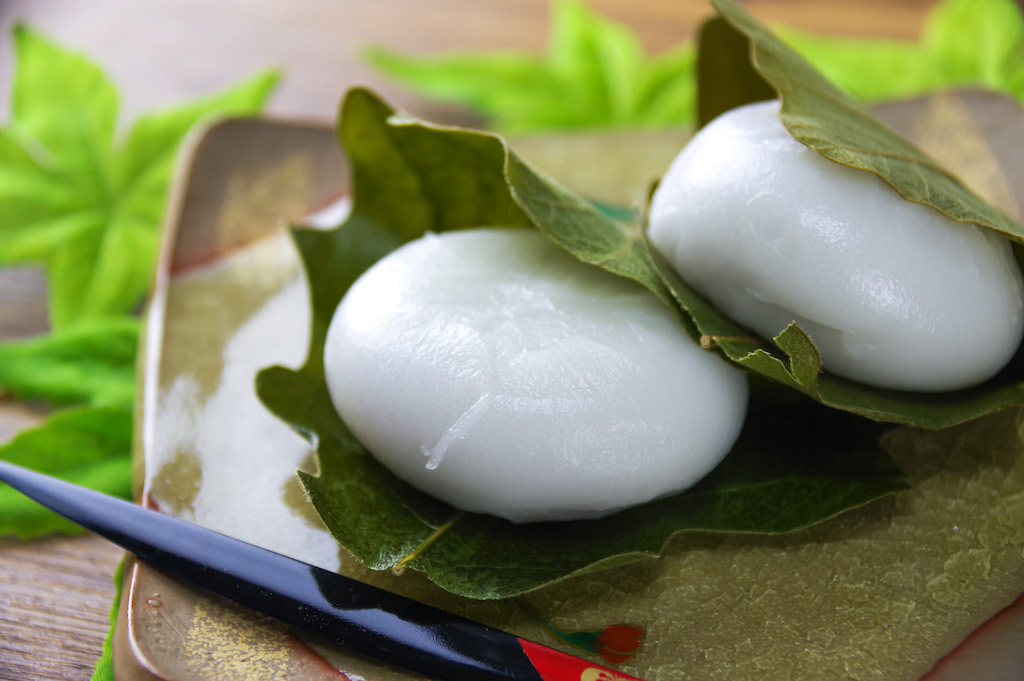
Principal Use:
Kashiwa-mochi (a rice cake wrapped in oak leaf), Chimaki (a rice dumpling wrapped in bamboo leaf)
What Is Joshinko and How Is It Used?
2. Mochi-ko
Mochiko もち粉 is made by washing the polished glutinous rice with water, drain the water, drying the rice well, and then grinding it.
The raw material is different from shinko, but the way to make is the same.
The grain is coarser than shiratamako.
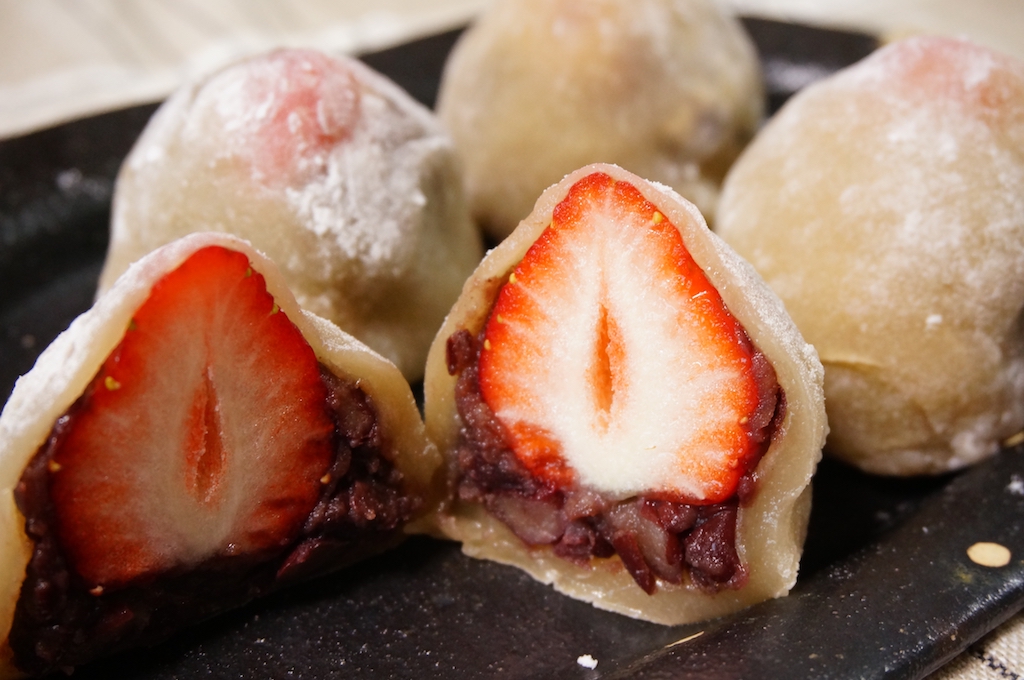
Principal Use:
Daifuku (gyuhi), Cake, Dorayaki
What Is Mochiko and How Is It Used?
3. Shiratama-ko
Shiratamako 白玉粉 is made by washing the polished glutinous rice, soaking it in water for one to half a day, drain the water, grinding it while adding water, and then drying the precipitate.
The grain is finer than mochiko.
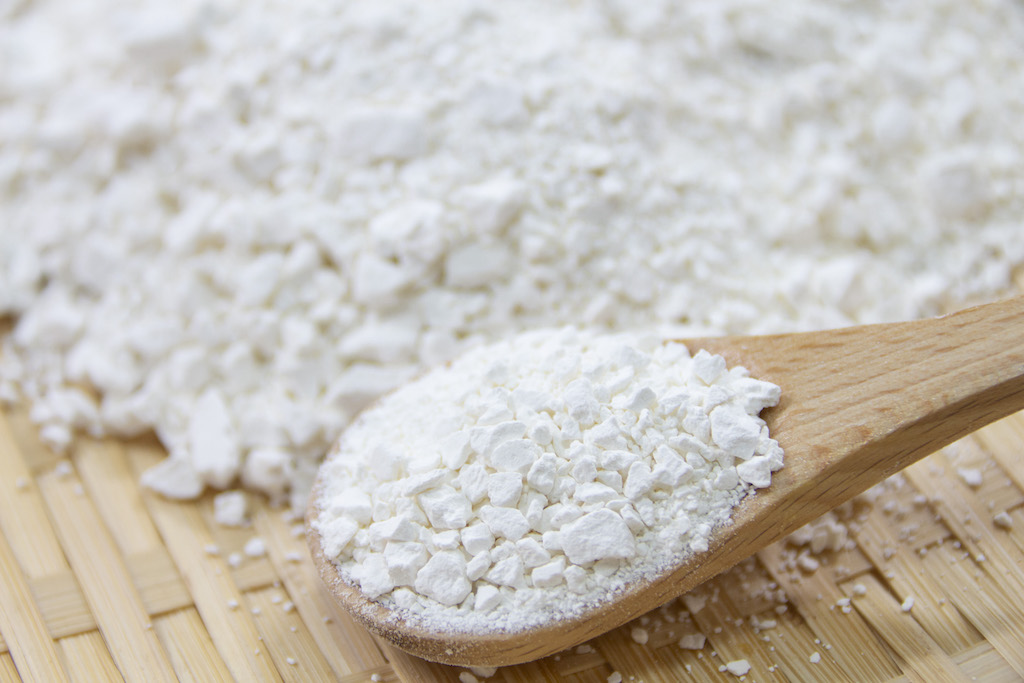
Another name of this is kanzarashiko 寒ざらし粉. Kanzarashi means exposure to cold, and the name comes from that shiratamako used to be made with time and effort in the cold season in the past.
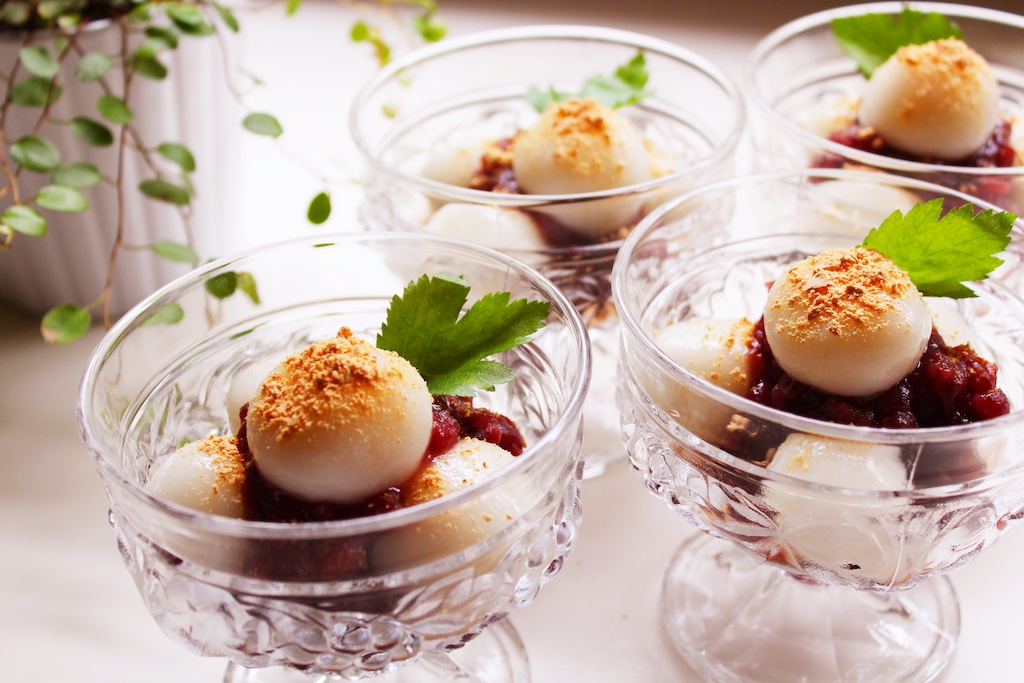
Principal Use:
Shiratama dumplings, Dango (sweet rice dumplings)
What Is Shiratamako and How Is It Used?
4. Dango-ko
Dangoko だんご粉 is made by washing the polished non-glutinous rice and glutinous rice, soaking them in water for a while, drain the water, drying the rice, and then grinding it. The blending ratio of non-glutinous rice and glutinous rice differ depending on the manufacturer.
Because it contains non-glutinous rice, dango made from dangoko has more chewy texture compared to the one made from mochiko and shiratamako.
This type of rice flour loved a lot in Western Japan.
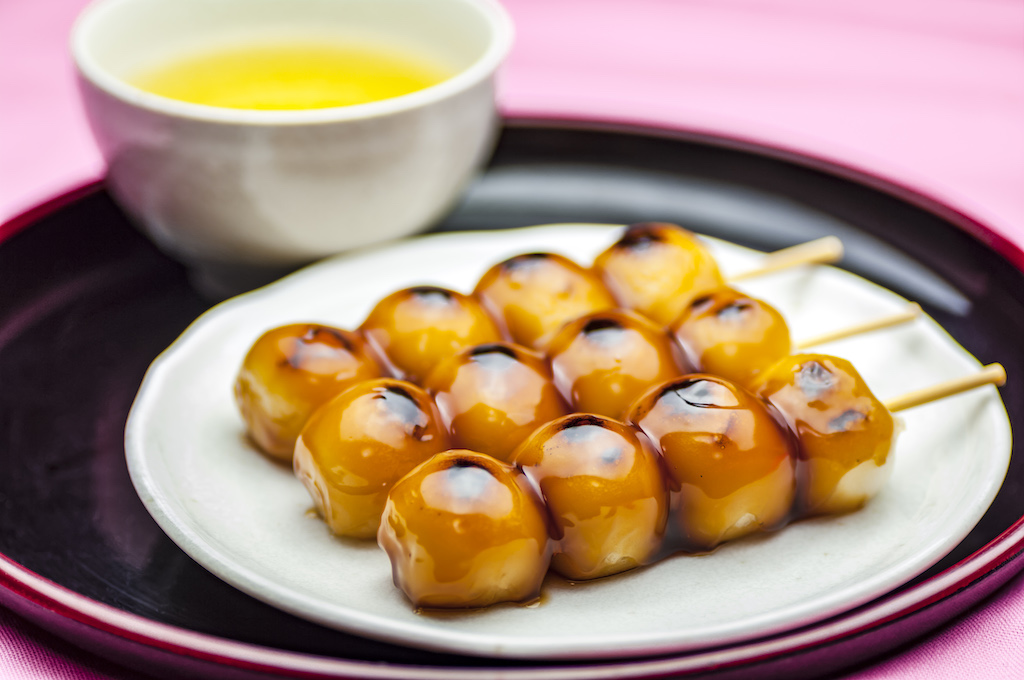
Principal Use:
Dango (sweet rice dumplings)
5. Nyuji-ko
Nyuji means infant in Japanese, and this type of flour is often used for baby food.
Nyujiko 乳児粉 is made by performing thermal processing on non-glutinous rice and then grinding it.
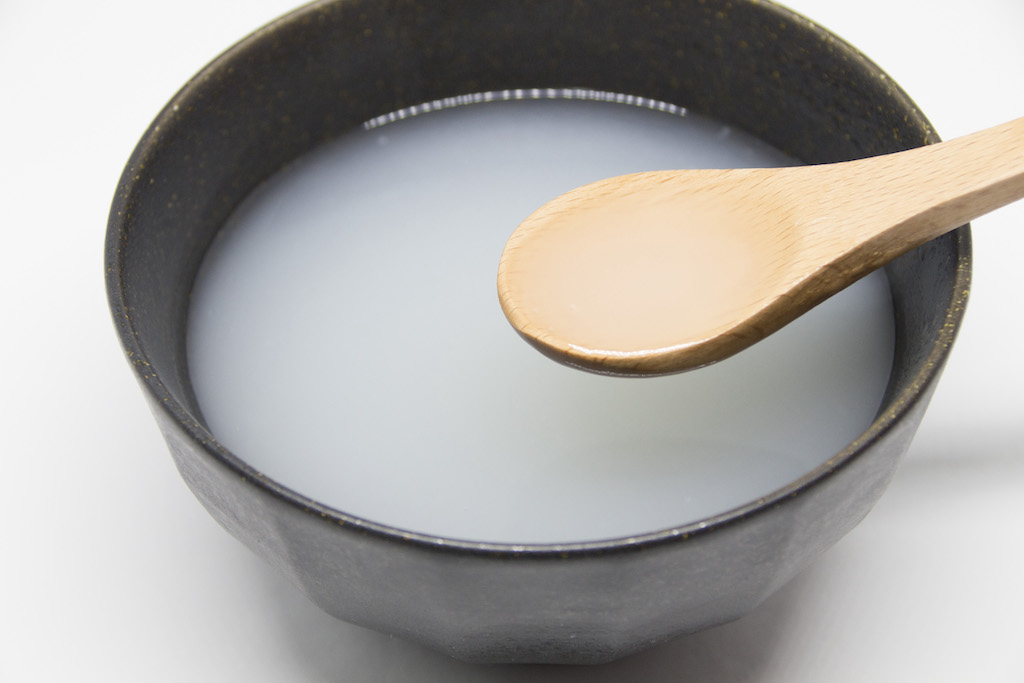 ▲Thin rice gruel
▲Thin rice gruel
Principal Use:
Baby food, Thin rice gruel
6. Kanbai-ko
Kanbaiko 寒梅粉 is made by washing the polished glutinous rice, soaking it in water, steaming the rice, pounding the steamed rice to make thinly stretched mochi, baking the mochi without coloring, and then grinding it.
Kanbai means early blooming plum, and the name comes from that kanbaiko used to be made with the first rice crop of the year when the plum blossoms during the cold season.
Another name of this is mijinko みじん粉 which is only used in the Kanto region.
Also, kanbaiko can be called baked-mijinko 焼みじん粉.
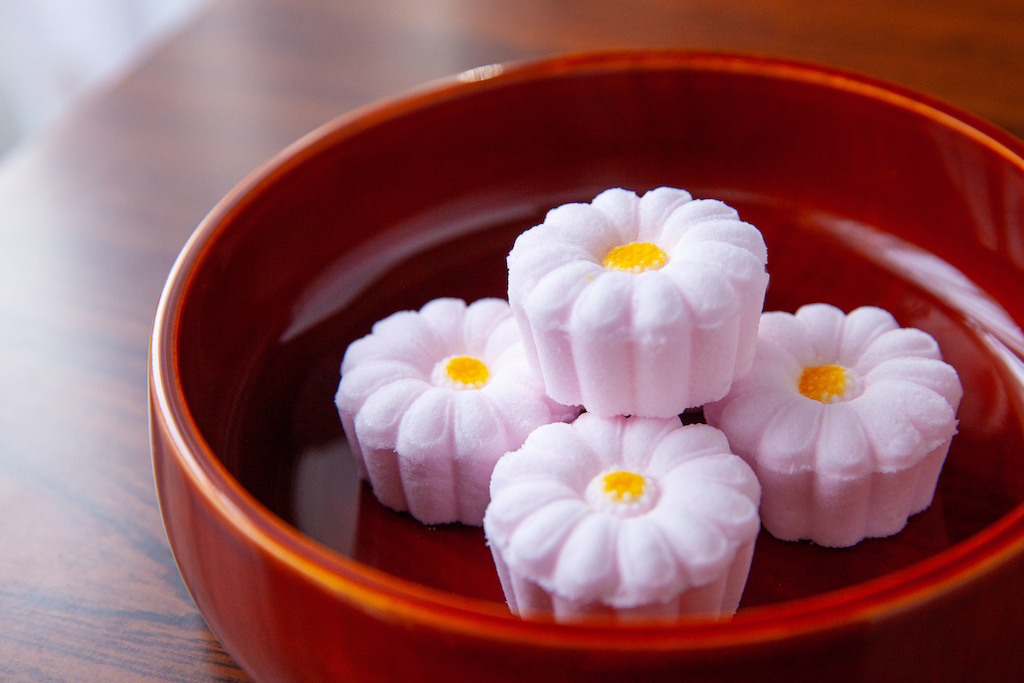 ▲Rakugan
▲Rakugan
Principal Use:
Rakugan (Dry confection of starch and sugar), Other dry confection
7. Minjin-ko
Mijinko みじん粉 is made by washing the polished glutinous rice or non-glutinous rice, soaking it in water, steaming the rice, pounding the steamed rice to make thinly stretched mochi, drying the mochi, and then grinding it.
Mijinko made from glutinous rice is called johayako 上早粉.
Mijinko made from non-glutinous rice is called namihayako 並早粉.
By the way, “kanbaiko” is called “mijinko” in the Kanto region.
Principal Use:
Rakugan (Dry confection of starch and sugar), Other dry confection
8. Domyoji-ko
Domyoji 道明寺粉 is made by washing the polished glutinous rice, soaking it in water, steaming and drying the rice, and then grinding it coarsely.
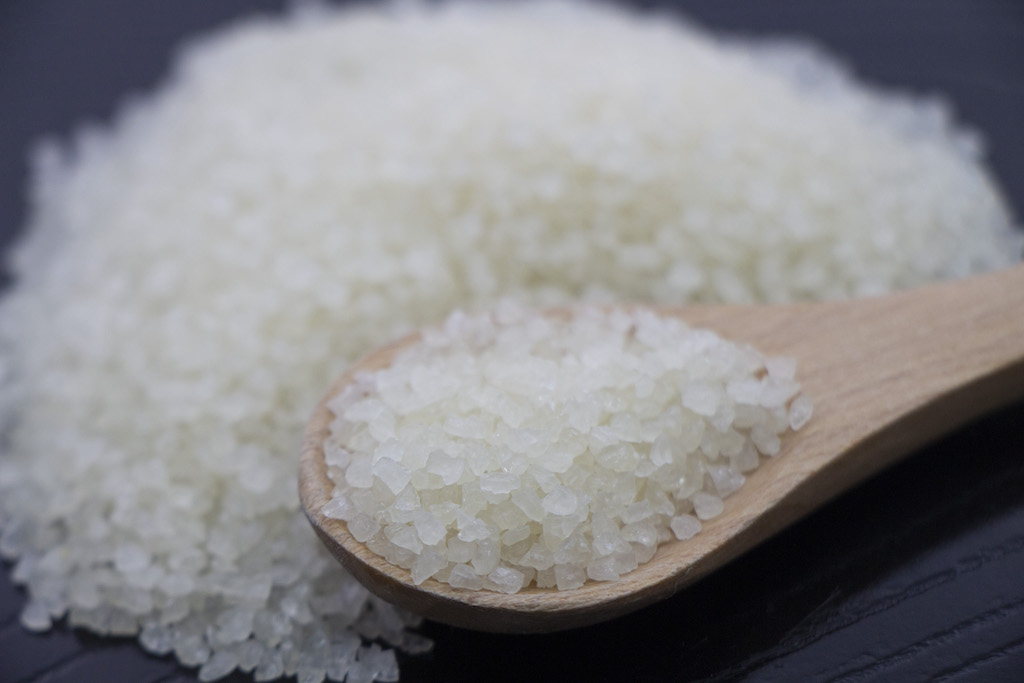
Domyoji is the name of the temple in Osaka. It’s said that it all started when a nun at Domyoji temple ground dried glutinous rice into powder.
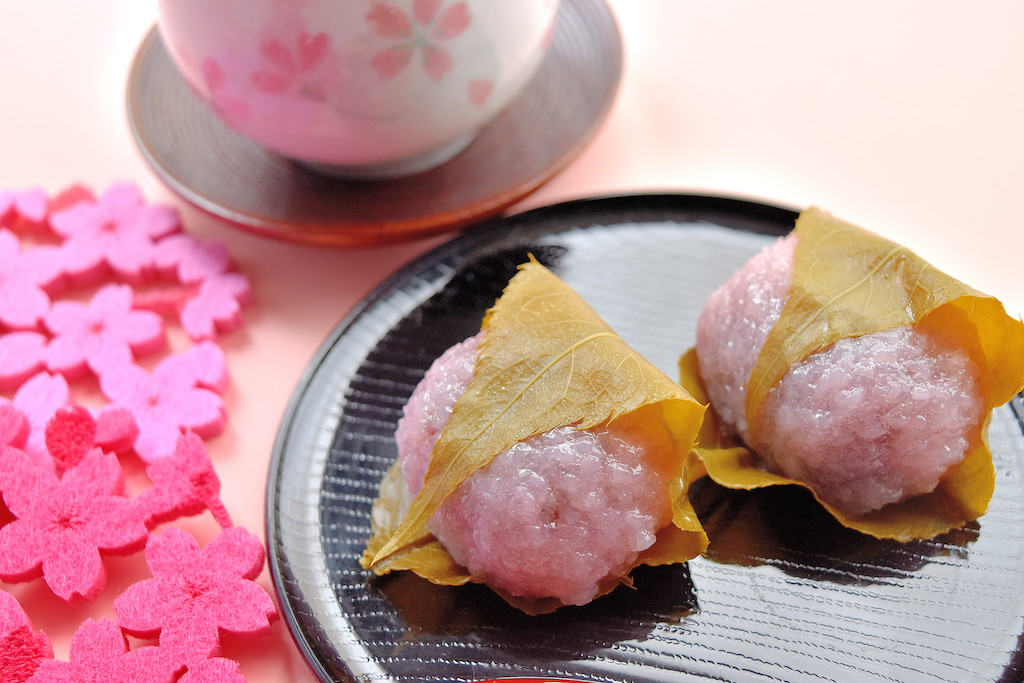 ▲Sakura-mochi
▲Sakura-mochi
Principal Use:
Sakura-mochi (rice cake with bean paste wrapped in a preserved cherry leaf), Ohagi (a rice ball coated with sweetened red beans)
9. Rakugan-ko
Rakuganko 落雁粉 is made by washing the polished glutinous rice, drying it for a while, roasting the dried rice, and then grinding it.
Also, sometimes rakuganko refers to the finely ground and roasted domyojiko.
Rakugan is a dry confection of starch and sugar, and this powder is exclusively used for this type of Japanese sweets.
Principal Use:
Rakugan (Dry confection of starch and sugar)
10. Jonan-ko
Jonanko 上南粉 is made by washing the polished glutinous rice (rarely non-glutinous rice), soaking it in water, steaming and drying the rice, grinding, and finally roasting the flour.
The grain is finer than domyojiko and mijinko. Because the particles are so fine, it’s also called extreme-mijinko 極みじん粉.
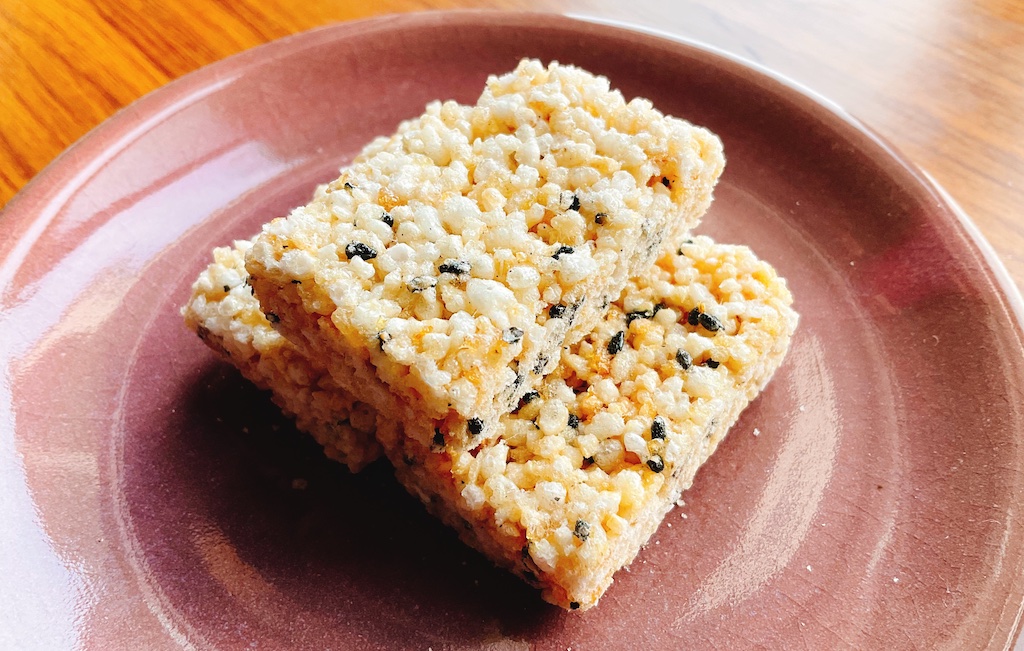 ▲Okoshi
▲Okoshi
Principal Use:
Tama-arare (very small rice biscuits), Okoshi (a crispy, chewy sweet made with rice)
Conclusion
How were the all types of rice flour in Japan? I hope you enjoyed learning different types of rice flour.
At first glance it’s a similar powder made from the same material. However, isn’t it amazing that there are so many different manufacturing methods?
It would be interesting if you could find out what type of rice flour you are using at home!

